She gazes down like a young Mona Lisa at one of Scotland’s best-known streets, and a trail of controversy which lies below.
It’s a portrait of a young girl called Florence, from the famous Coleridge literary dynasty, which hangs above Union Street in Aberdeen, in a spot where they normally display Christmas lights.
The original painting in oils – Bright Eyes by John Everett Millais – is in Aberdeen Art Gallery.
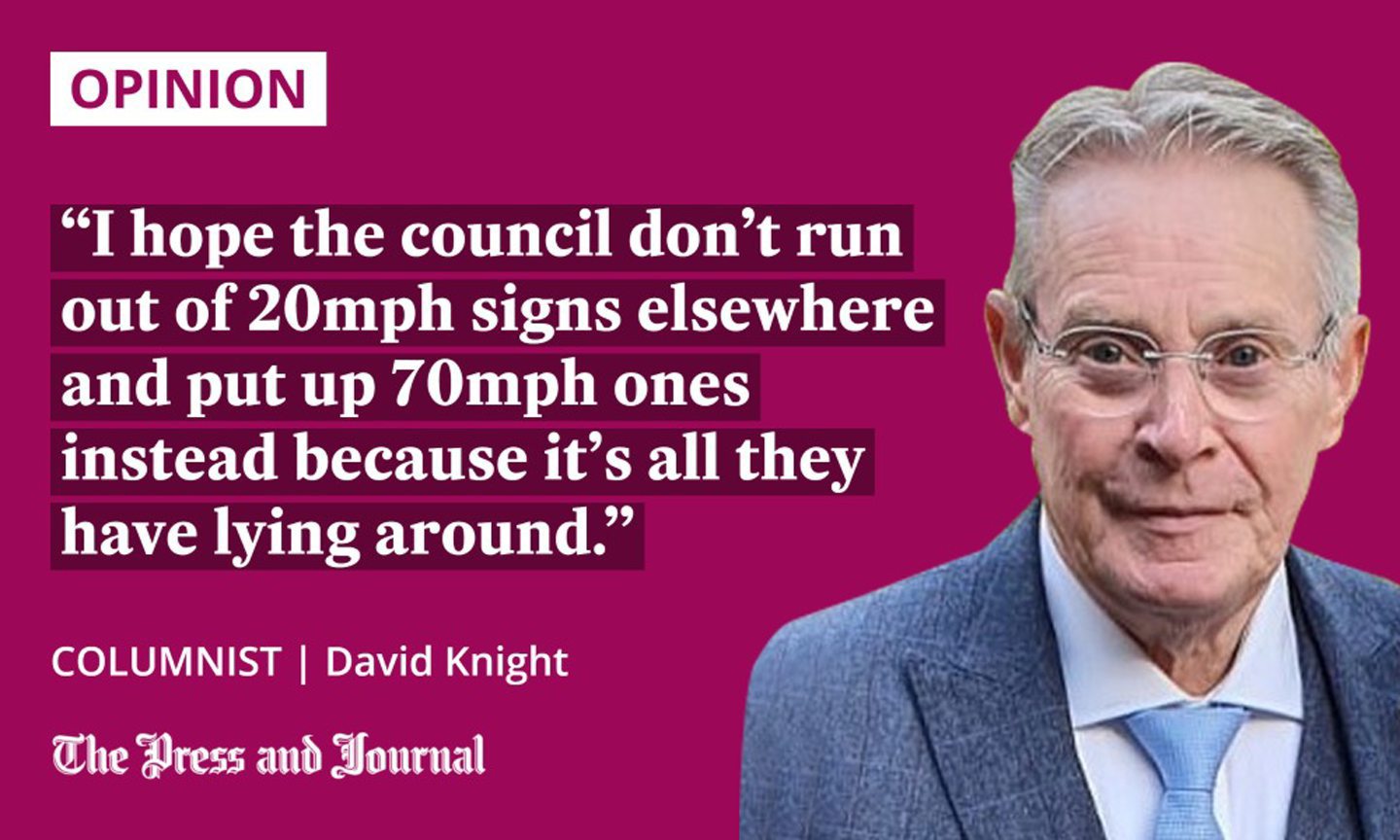
I still bear a boyhood grudge against Florence’s great-great uncle – poet Samuel Taylor Coleridge – over Rime of the Ancient Mariner. I was forced to learn the whole lot, but verse 25 is still by my side, in all its glory.
“The fair breeze blew, the white foam flew, The furrow follow’d free…” it begins. I won’t go on.
But it’s hardly poetry in motion under Florence’s nose in Union Street, where a restricted-access bus gate created a fair breeze of discontent.
Streets paved with gold (for the council)
Tens of thousands of penalty tickets were slapped on hapless drivers in no time at all. Many say unfairly; I’m among them. And the council stands accused of acting like highwayman, Dick Turpin.
I explained a few weeks ago how I was feeling anxious about something bad that was about to happen. Well, I was right.
A second £60 bus-gate fine arrived through my door. A horrible feeling that I strayed into the council’s money trap not once, but twice in a matter of days was confirmed.
I was blissfully unaware of my misdemeanours at the time, and therein lies a catastrophic flaw in these bus-lane punishments.
The bus gate is not that long, perhaps not even 50 yards along Union Street, but it’s paved with gold for the council. The last published figures reckoned they had pocketed a potential £2.5 million in profits up to Christmas.
You don’t have to be a genius to work out that these obscene penalty statistics are abnormal.
Disorientated drivers
There was a unifying bond among victims: that bus gate signage was inadequate for prevailing local conditions. Legal, yes, but sensible, no.
A sea of street and shop paraphernalia seemed to easily disorientate drivers. I actually walked through it instead a few days ago to double-check, and it was just as confusing on foot.
To cap it all, three shopfitters’ vans obscured a makeshift sign stuck in a concrete bollard depicting a camera – to show the point where the restricted zone began.
Further away, another easily-missed warning sign tells you how far you are from the bus gate itself.
Hanging directly above this sign is a street banner. Ironically, it announces reassuringly: “Free entry – all welcome”.
To the bus gate? No, it’s meant for the art gallery and Florence, but still potentially confusing for drivers.
As I stared up at the enchanting image of Miss Coleridge for a few seconds, at least four cars blundered through. Lambs to the slaughter.
Sign supply problems?
Retrospectively, I sensed something else was at play, as so many were caught before they had time to react. And then The P&J explained everything.
The distances to the restricted zone displayed on some of the early-warning signs were completely wrong. One said 440 yards, when it was really 220, and another 200 yards when it was 110. Fundamental misleading discrepancies when travelling in a vehicle with only seconds to react.
The suspicion was that the council had known about this fiasco for at least a year, which coincided with a particular lucrative period for bus gate profits
And, to top it all, it emerged that correct distance signs were unavailable due to “supply problems”. The suspicion was that the council had known about this fiasco for at least a year, which coincided with a particular lucrative period for bus gate profits.
I hope they don’t run out of 20mph signs elsewhere and put up 70mph ones instead because it’s all they have lying around.
Petitions can be persuasive
A sheepish council statement emerged, thanking those who brought this cock-up to light, but claiming penalty notices were still valid. What utter nonsense. The council appears to be brazening it out.
Yes, I have a vested interest, but it’s the principle.
I paid both fines early to acquire a 50% reduction. Silly me; I should have appealed, but “council incompetence” did not appear under any of the headings.
Union Street bus gate blunder: New twist as council finally changes wrong signs
There was also a feeling of unfair pressure: if you appealed and failed, you had to pay the full £60.
But, given the sense of injustice, incompetence and false safety distances there are surely grounds for a legal challenge. Or a mass petition. Petitions can be persuasive – look at the Skye Bridge tolls battle.
Those who feel wronged deserve to see another sign: one where the council regains trust by paying as much back as it can. An independent review would be welcome.
If The Proclaimers are ever booked to play Aberdeen, they should check they can still “roll 500 miles” – just in case it’s been reduced to 250.
David Knight is the long-serving former deputy editor of The Press and Journal
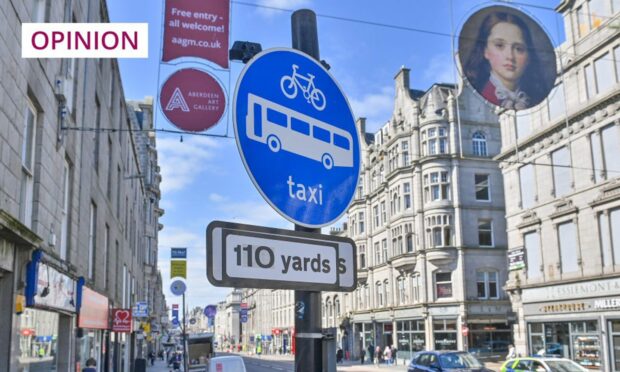
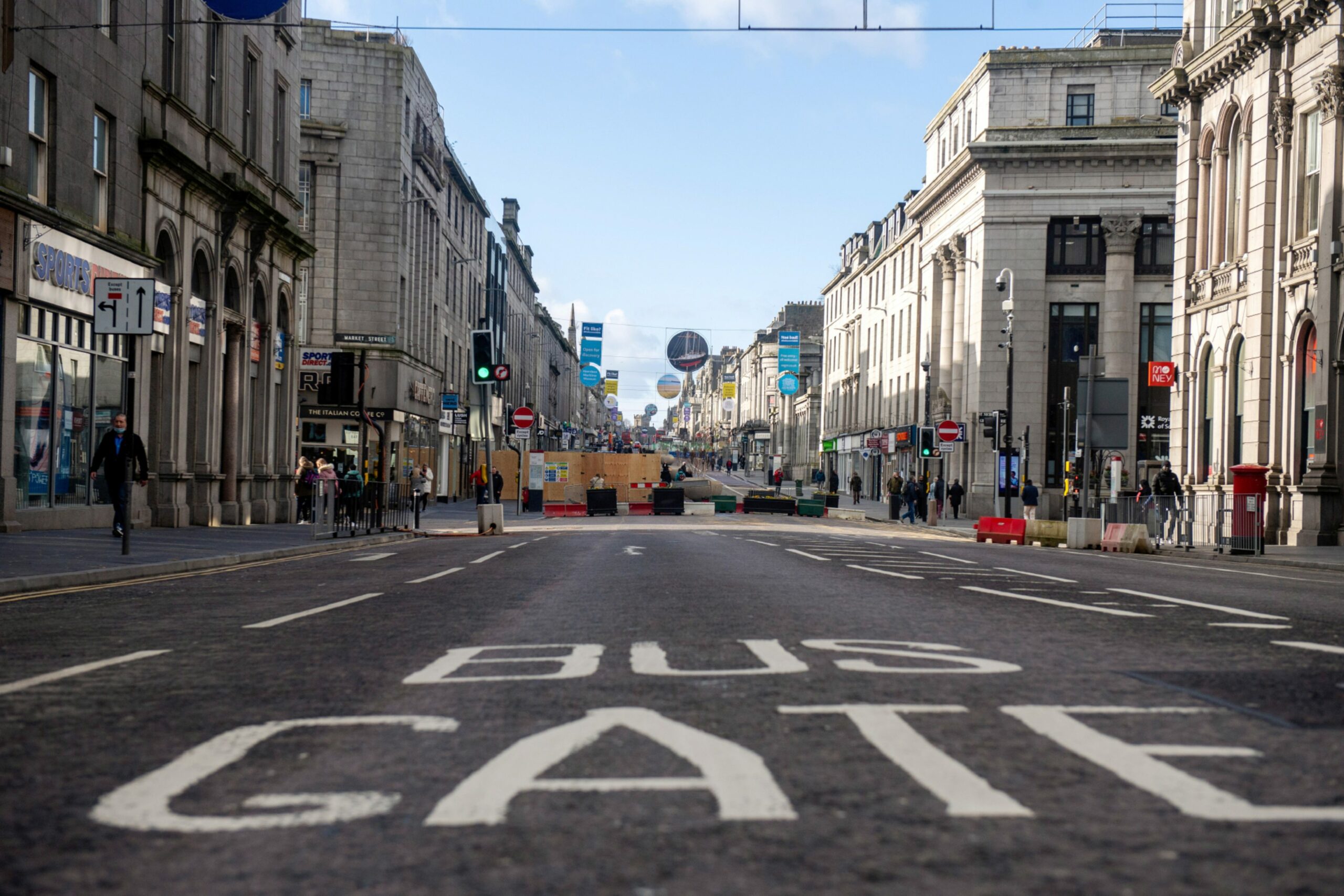
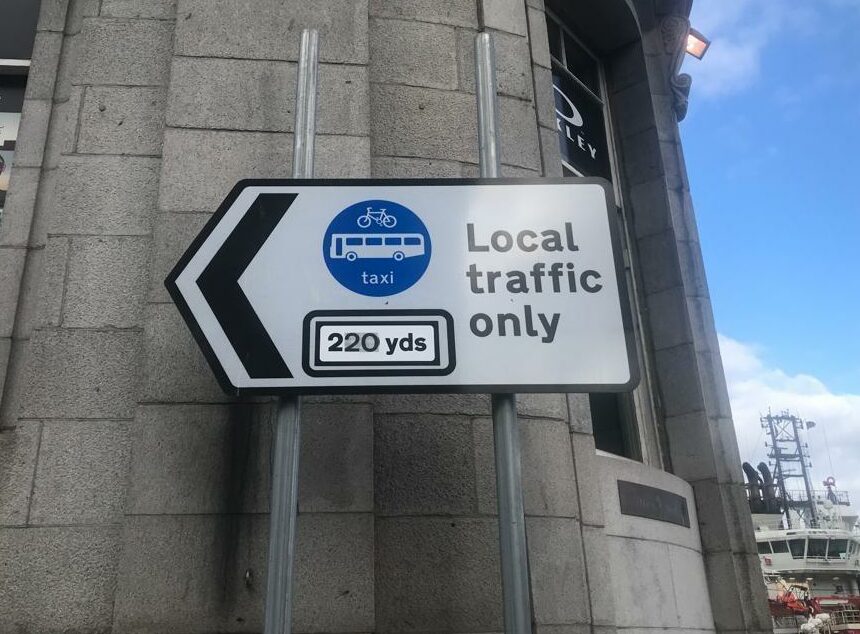


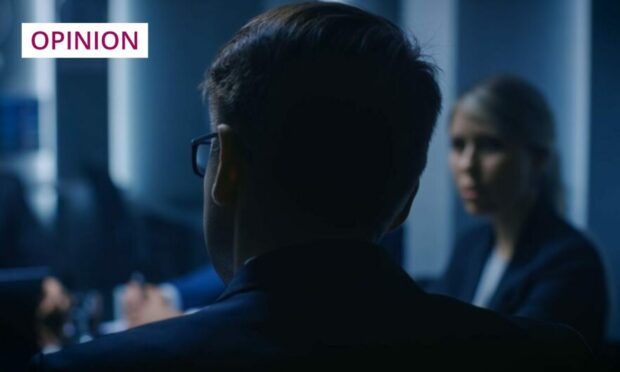
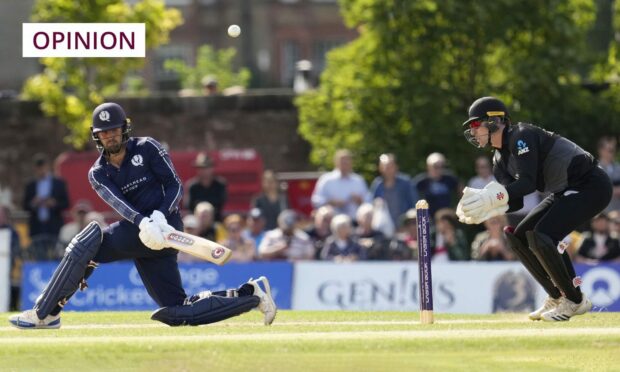
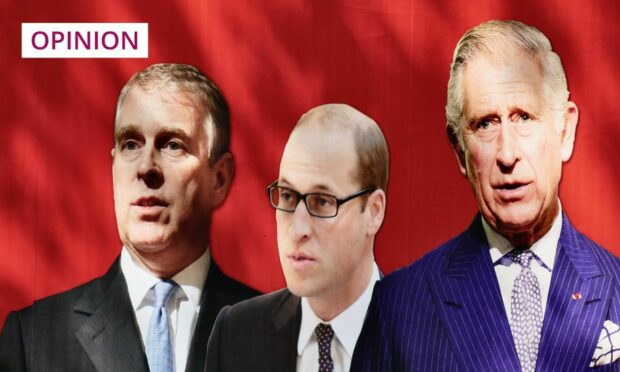

Conversation